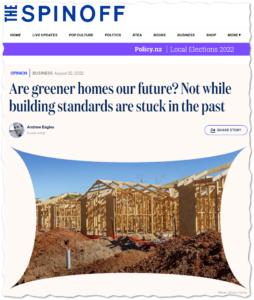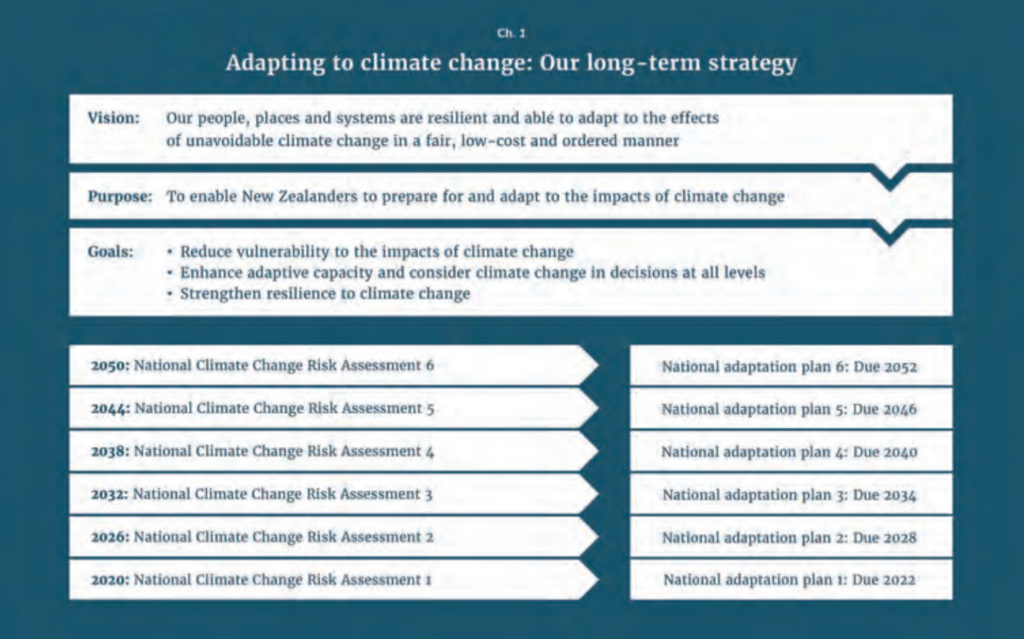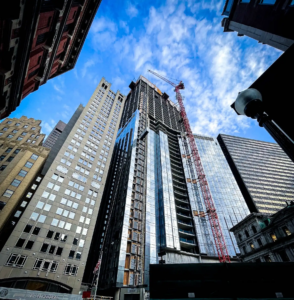Sometimes I take a look to see what’s going on in Massachusetts, just for old times sake. And look at this: the Winthrop Center is a Boston high-rise that will be the largest Passive House office building in the world. It’s a 211m high mixed-use tower with 75,000m2 of office space and 317 luxury residences, among other facilities. I’ve worked on …
Remove regulators’ liability and we might see more innovation in the building sector

Writing for The Spinoff recently, NZGBC head Andrew Eagles takes to task the Commerce Commission’s findings into competition in the residential building supplies market. “Not only does our industry suffer from a reliance on the ‘tried and tested’, but this conservativism is backed by a risk structure that incentivises our building officials to be wary of anything new. Products commonplace …
Make comfort a goal of any renovation
“Yeah, our old housing stock is terrible, but modern homes are all good.” It’s disheartening how often I hear this, about newly built homes constructed to only just meet the legal minimum of the NZ Building Code. It’s not true. And expensive retrofits can be miserable too, unless they have been designed (and modelled) to ensure comfort. Steve Hughes, from …
(Thermally) break that steel

Graeme Jacobs is the Director at Jacobs & Munro Architects Limited and he recently posted about an elegant solution his firm sourced in order to create a thermal break in a steel ridge. The walls and roof in this project are Formance SIP and the steel ridge beam is fully inside of the thermal envelope (as I’d recommend) … except …
New option for PH design training launching

New Zealand needs more Passive Houses—and other buildings heading in that high-performance direction. That requires more confident and skilled Passive House designers. Sustainable Engineering is launching a totally new training option in October, in order to familarise qualified professionals with the practical processes for designing Passive House homes. This is the process developed at Sustainable Engineering based on scores of …
Retrofits for energy efficiency must accelerate to meet zero carbon deadline

Imagine: being able to model an entire city’s energy use—or the whole country!—just like you can a single building in PHPP. This is what districtPH does. Bland name for an exciting tool that enables extremely significant outcomes. The model shows how global changes to the building stock impact energy usage and thus carbon emissions over long time spans. It’s been …
Sea level rise mapping

When we design and construct buildings to perform better—that is, to use much less energy—they become better quality and more durable. If you are building for the long term, think about the next generations who will be sheltered there. Consider sea level rise—both how it will impact your chosen site and also the roads that provide access to it. NZ …
Energy-efficient homes sell for more in Aus

“Australia’s energy-efficient houses are commanding premium prices, with buyers spending 17 per cent more to get into a sustainable home.” That’s the Sydney Morning Herald leading its article with a punch. It goes on to say, “Energy-efficient homes attract more buyer interest, sell faster, and fetch higher prices, a new report shows, and the median price for a sustainable house …
Top 10 Climate Risks

New Zealand’s first national adaptation plan is out for discussion. I have to say it reads like a plan to have a plan. Now the real work begins: what we are actually going to do as a society to adapt to climate change? It’s worth reading. I recommend skimming the Executive Summary and then jumping to Appendix 2. As James …
